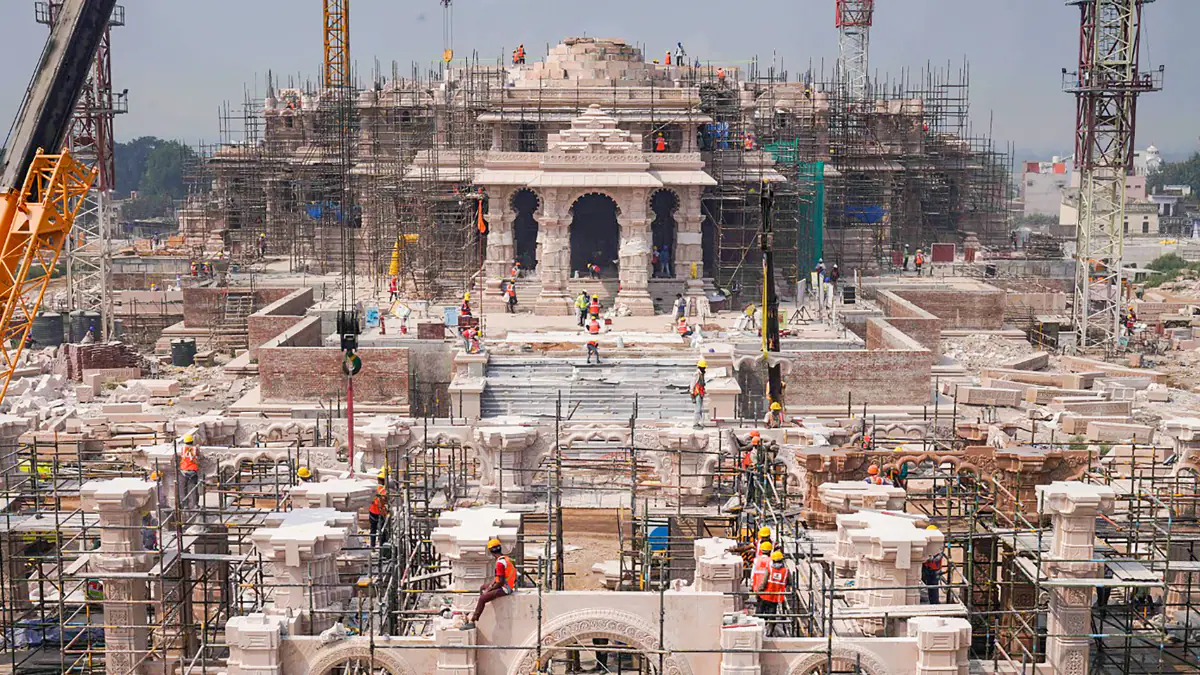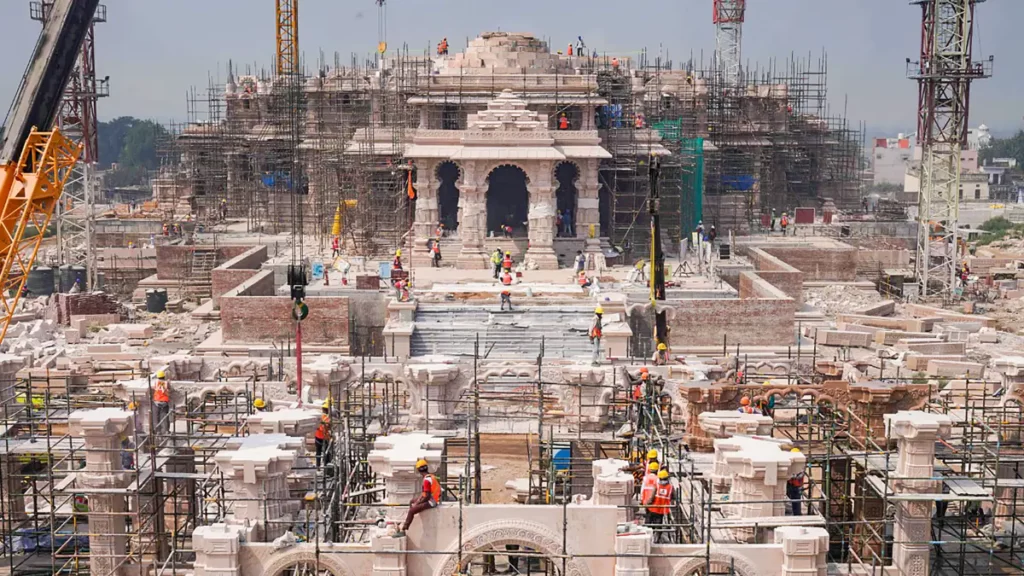
If you are living in 2024 (just writing for anyone reading in the future) then you were a witness to one of the most popular and massively important happening not only in India but something that the entire world noticed and experienced.
Sri Ram: The Deity
Anyone having even a vague idea about Hindu religion will definately know that of the several deities which are worshipped, Lord Rama is one of the most popular. Technically he was the 39th descendent of the lineage of Brahma (one of the trinity forms – Brahma, Vishnu, Mahesh).
He is considered to be an avatar which means God incarnated in human form, such as we find in other religions such as Jesus who symbolized Father or Divine Supreme Being or Prophet Mohammad who is considered to be messanger of Allah the Almighty
Location of Sri Ram Mandir (Temple)
We will be writing several posts as the Ram Temple has a long history from the social, political and religious perspective. In this post we will mainly tell about the location aspect of the temple. It would also be interesting to know why this location is so important that despite having thousands of temples across the country and the world dedicated to Lord Rama, that this specific site is so important.
It is believed that when Lord Rama incarnated in human form, it was at this place that he was born. I will not repeat the entire details as it is very common knowledge and nearly everyone knows about King Dashrath and connected story. The place where the temple today stands is believed to be exactly the place where the palace of Dashrath was standing and where the physical form of the Rama Avatar was born in this world.
Given below is an image (taken from News18 news channel) which shows construction of the temple before its completion

History of Location of Ram Mandir: Ayodhya or Saketa
As history has it, it is believed that Ayodhya is same as the city of Saketa or Saket where Lord Budhha resided for a long time. Previously there was a Kosala Kingdom and its capital was Ayodhya but later in the 5th century BC it was transformed to a place of Budhhist importance and there were tens and hundred of monastries as outlined by contemporary historian of that time, Faxian, who has infact a monk rather than a historian in the modern sense but he wrote what he saw and experienced.
In the next post on the series we will take a look at how the ancient place which was first a revered site for Hindus and then for Buddhists then became a place of popular Muslim Shrine namely the Babri Masjid and the dispute that followed.